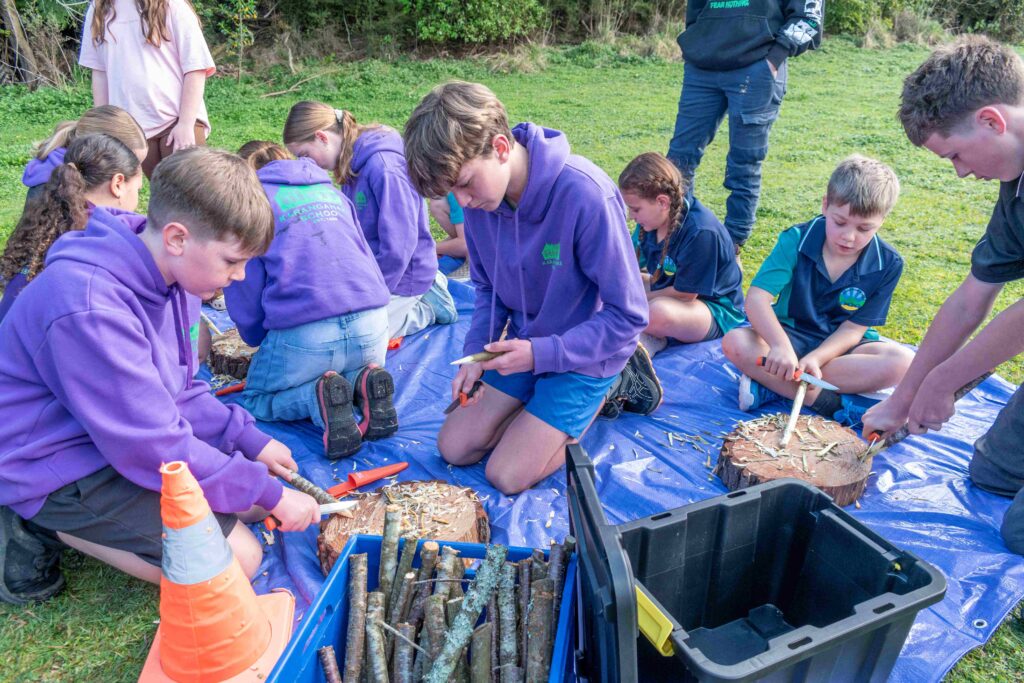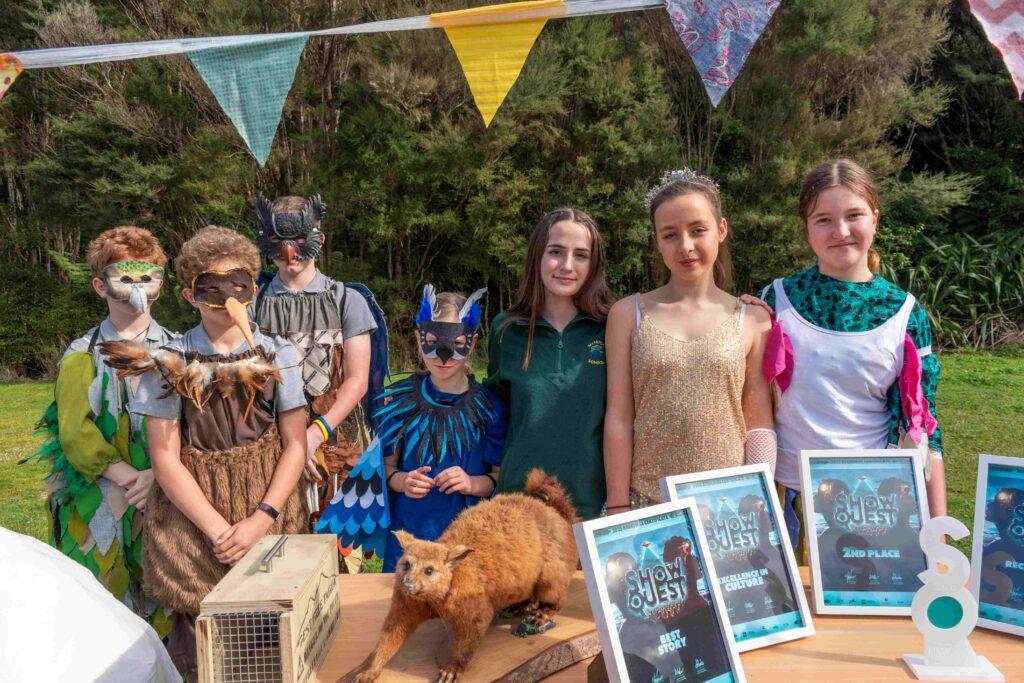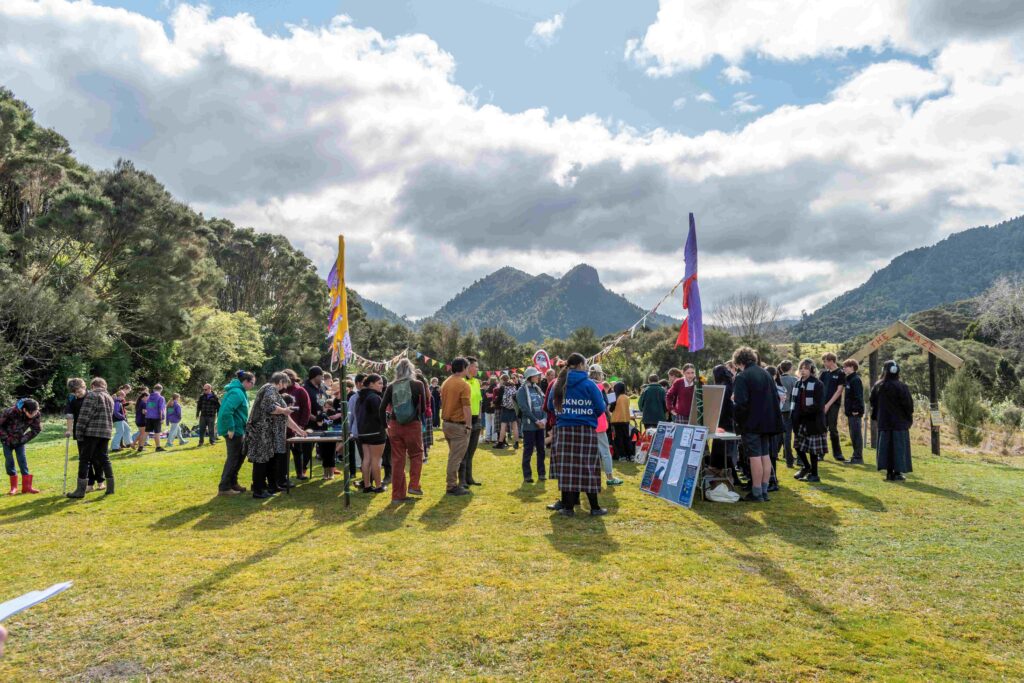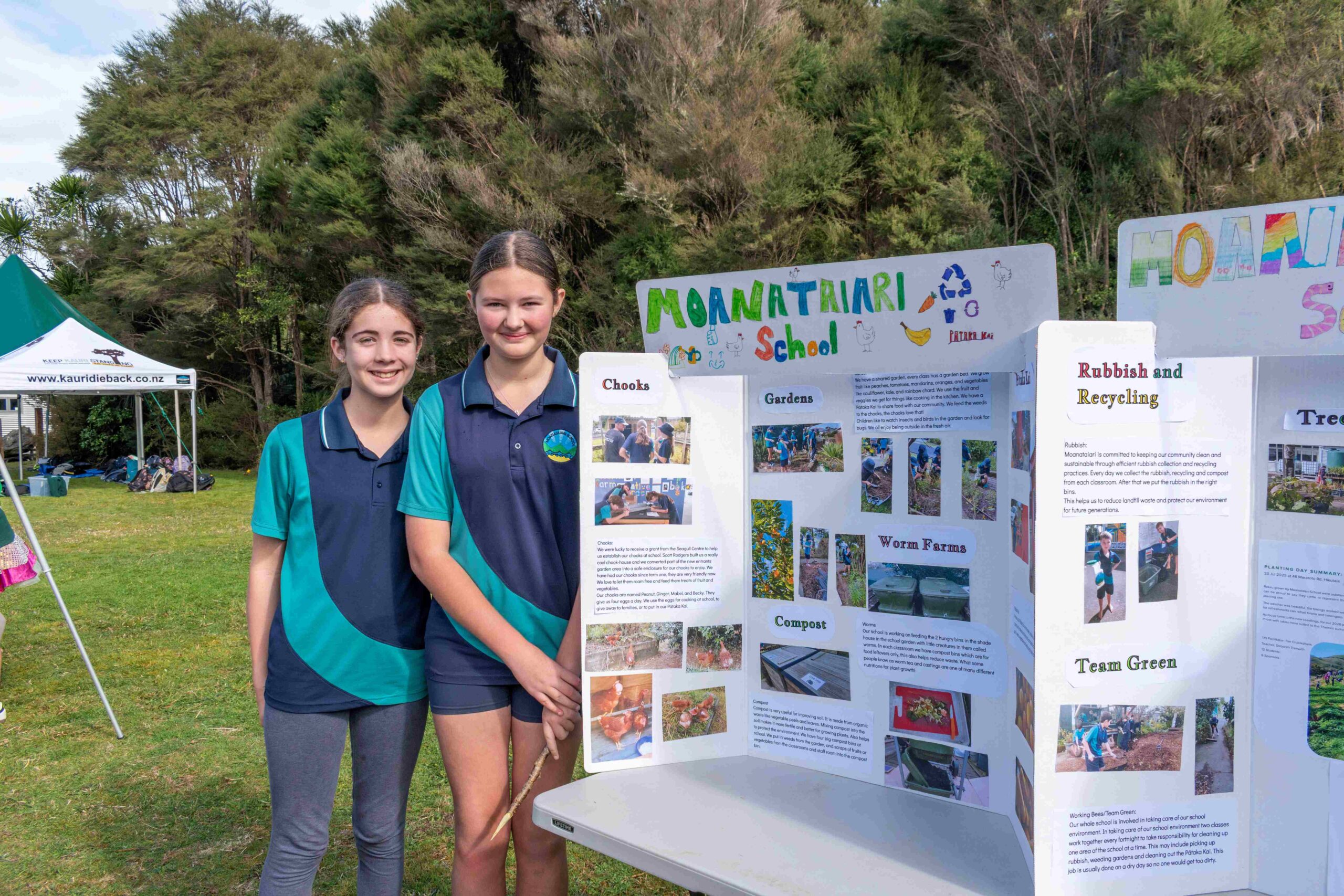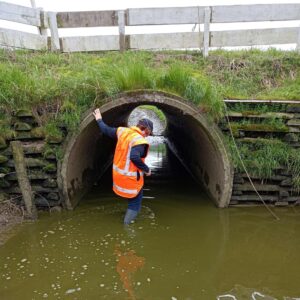A Conservation Week event at the Kauaeranga Visitors Centre just outside Thames featured a showcase of environment-focused school projects, interactive workshops and conversations to inspire children to care for nature.
The event, a collaboration between Enviroschools and the Department of Conservation, saw 11 schools attend from across the Hauraki and Coromandel regions.
First up was the “Market Day”, where eight of the schools set up stalls explaining the environmental projects they had undertaken.
Students wandered among the displays, which featured a wide variety of initiatives.
Many of the schools spoke about efforts within school grounds to replant forest areas, develop food gardens, care for worm farms and chickens, and cultivate seedlings for planting within the community.
Netherton School students chronicled their trips to a local kahikatea stand, where they study and care for the ngahere [bush].
Pūriri School students talked about their studies in their awa [river], finding leeches and learning to test soil.
At Matatoki School, their environmental learning was incorporated into the arts, with the students showing off their costumes and awards from their conservation-themed performance at the performing arts competition, Showquest, in June.
Hauraki Plains College students had also incorporated the arts into their environmental work, with their exhibit of foil blankets made from recycled chip packets.
Meanwhile, Waikino School displayed their hands-on learning approach with an interactive stall, where they taught other students how to whittle with knives.
Enviroschools environmental education facilitator Jo Buchan said she loved seeing the students sharing their knowledge and ideas for interacting with nature.
“It’s amazing to see young people taking real action to protect our environment,” she said.
“These students are the conservation leaders of tomorrow.”
The event aims not only to celebrate current achievements but also to foster collaboration and long-term connections between schools, Jo said.
“I love hearing the kids talking to other schools… being interested and wanting to learn what they’re doing,” she said.
“There’s no other space that I’m aware of that gives the schools this opportunity to share what they’ve been doing.”
The market was followed by workshops run by local conservation groups – students were able to encounter native geckos and fish, learn about pest trapping and worm farms, plant seedlings, discover native shorebirds, practice their recycling skills, learn about native plants and kiwi, and more.
